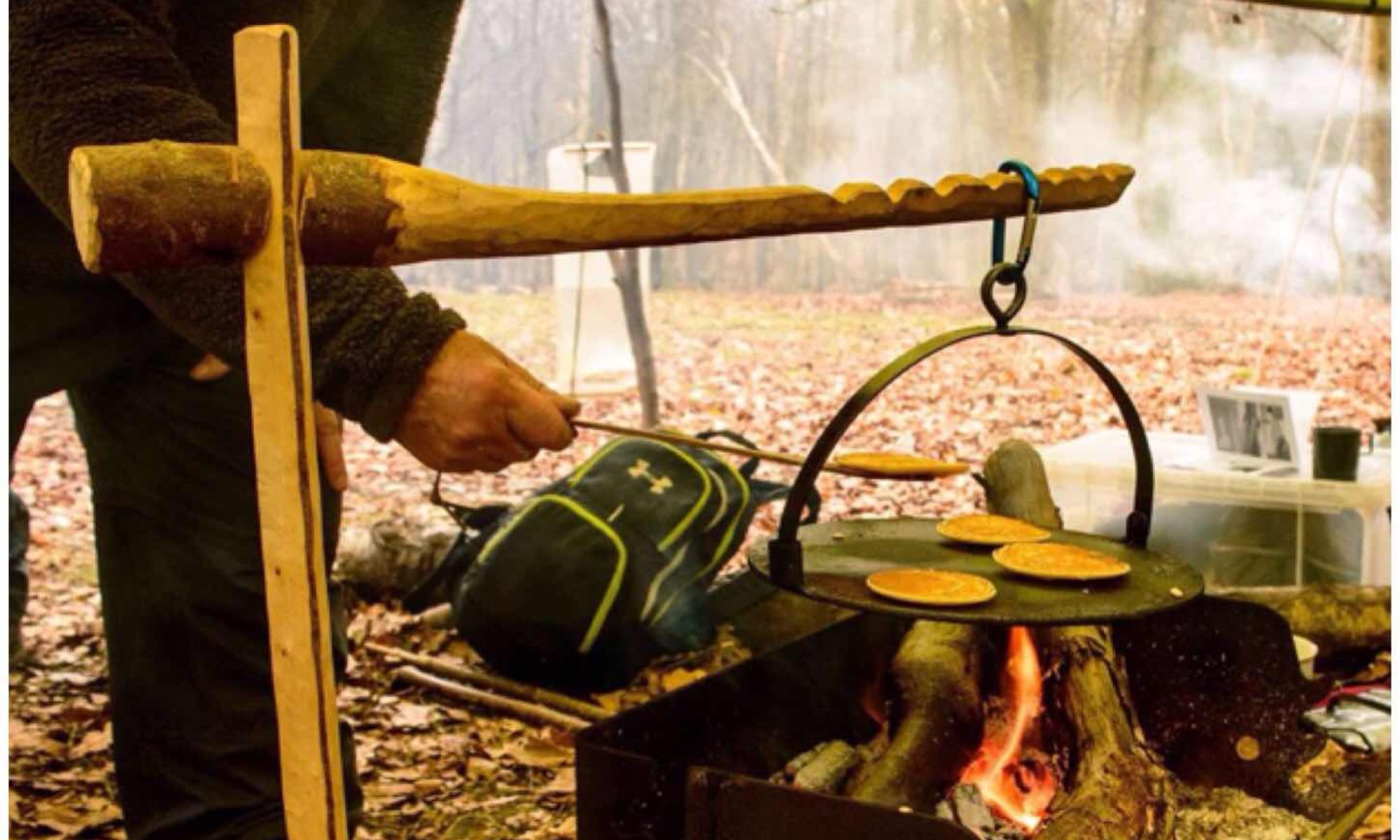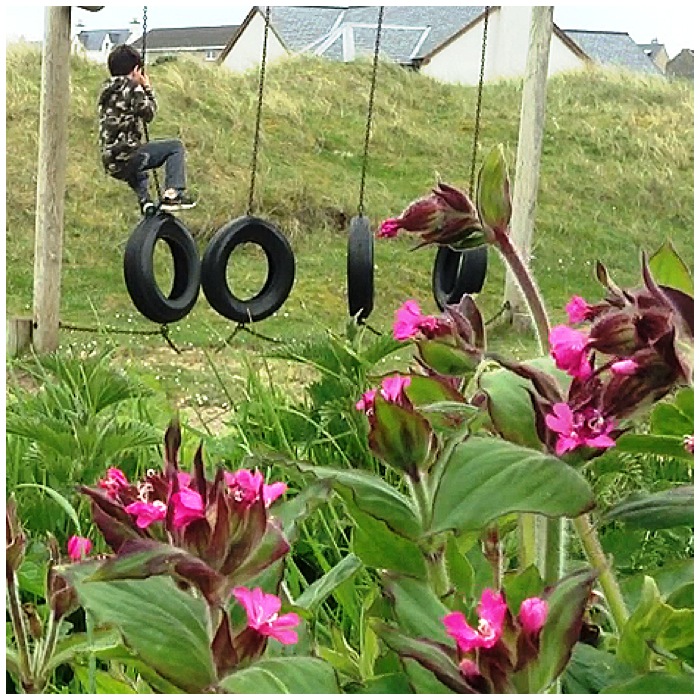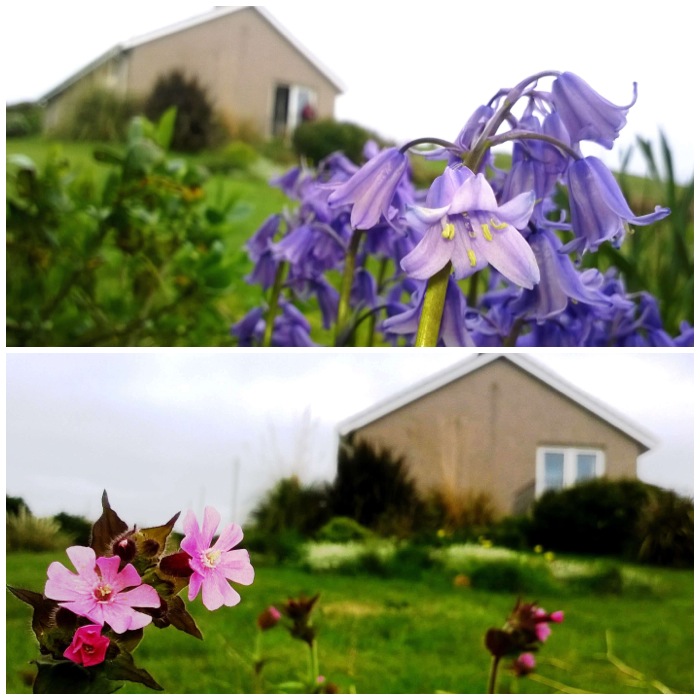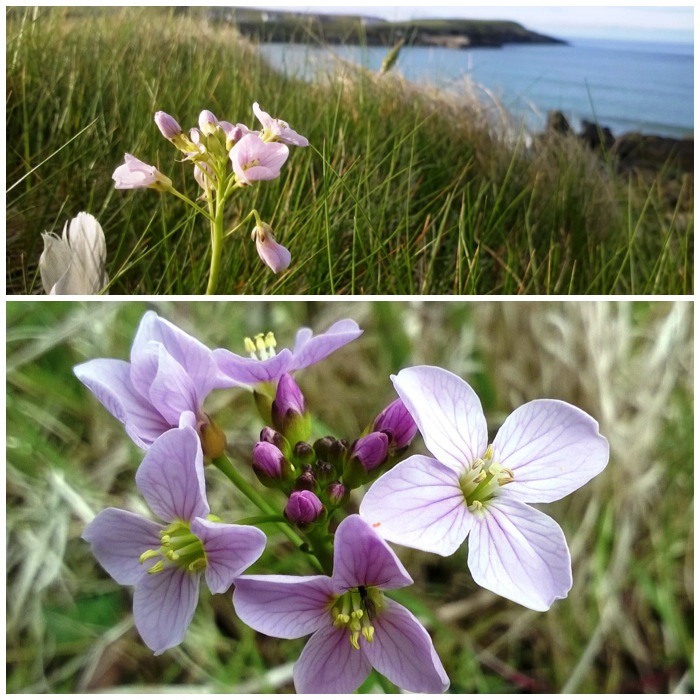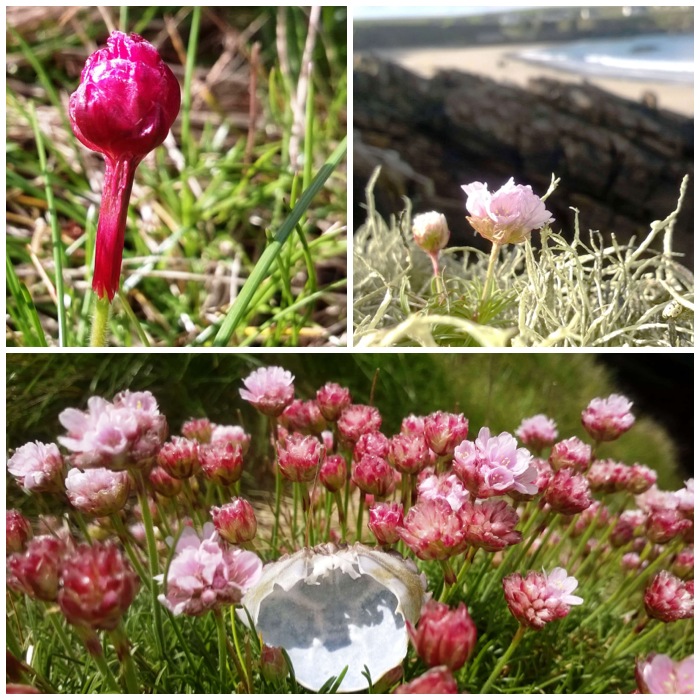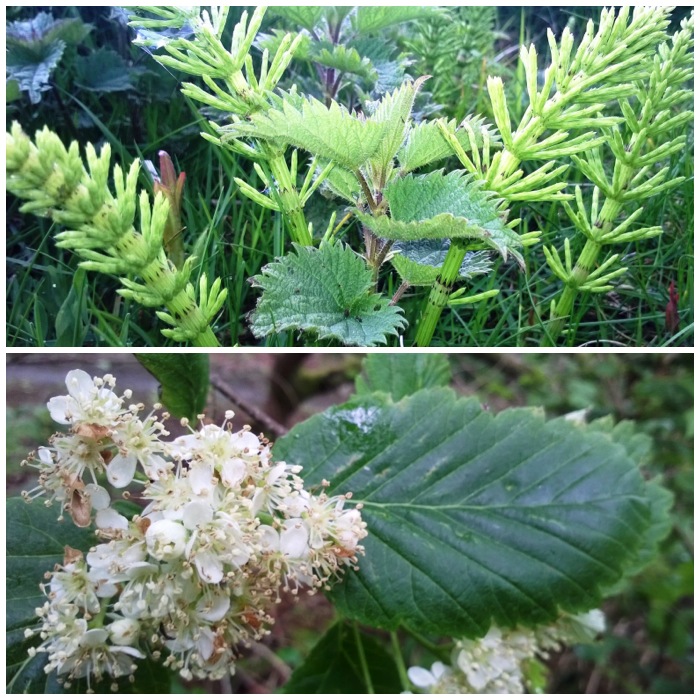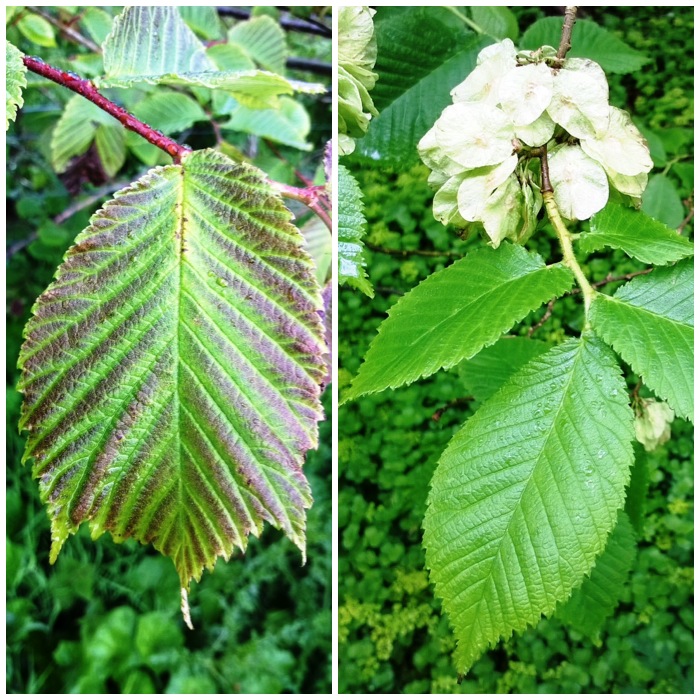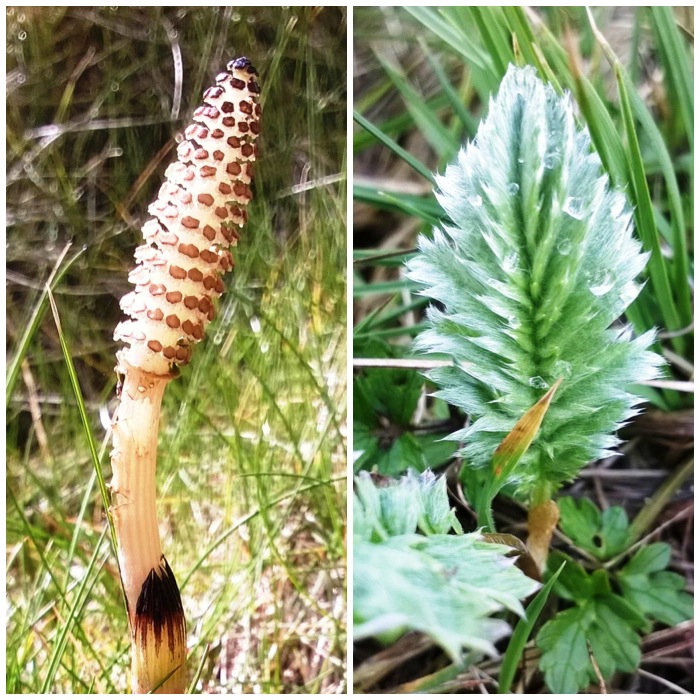Over the last few months I have not done much in the way of bushcraft so there has been a slight lack of How To …. tutorials coming out. I plan to change that after the Moot (where I will be looking for inspiration) however I have been getting out on little trips recently to photograph nature.
This post is just to record some of the moments I have had over the last few months. Starting with an accidental shot of a very wet and bedraggled willow catkin. It was a damp day and I was trying to get a close up of a bug but after looking at the picture found the catkin to be of more interest.
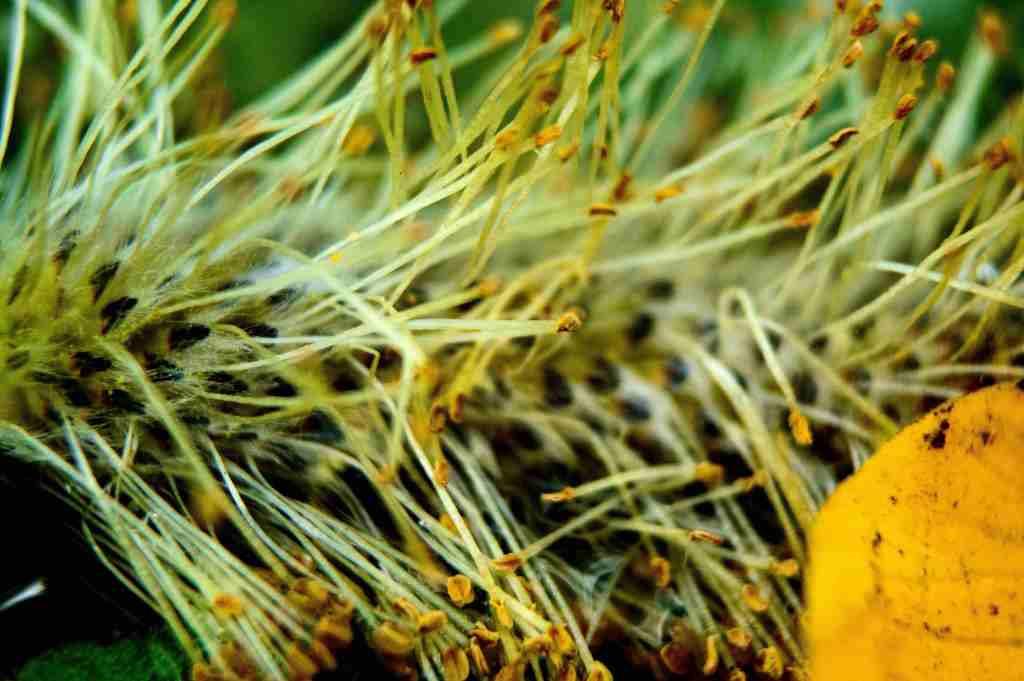
Not long after ripping a muscle in my calf I hobbled out into my garden and applied the 20 metre rule. That is stand still, kneel down, sit down and lie down but continually look around you for approx 20 metres and you should see something worth shooting. When I eventually laid down I came up close and personal to these beautiful little Forget-me-nots
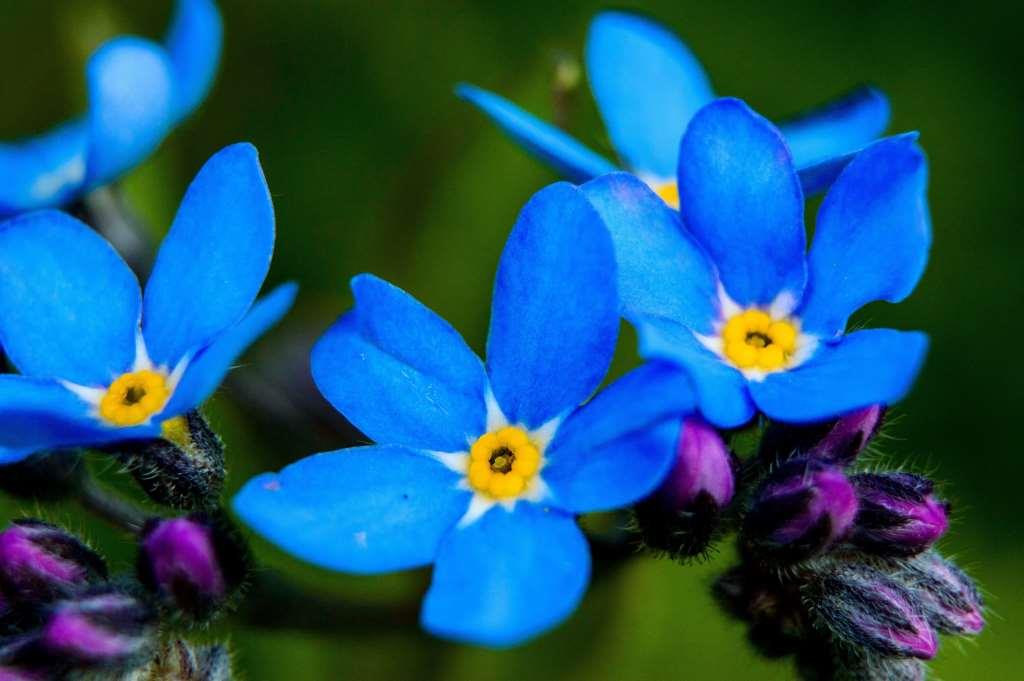
There was a re-wilding theme on the BCUK website a couple of months ago and I was stuck for ideas. Not long after the closing date I remembered this place outside our village. Proper re-wilding you could say 🙂
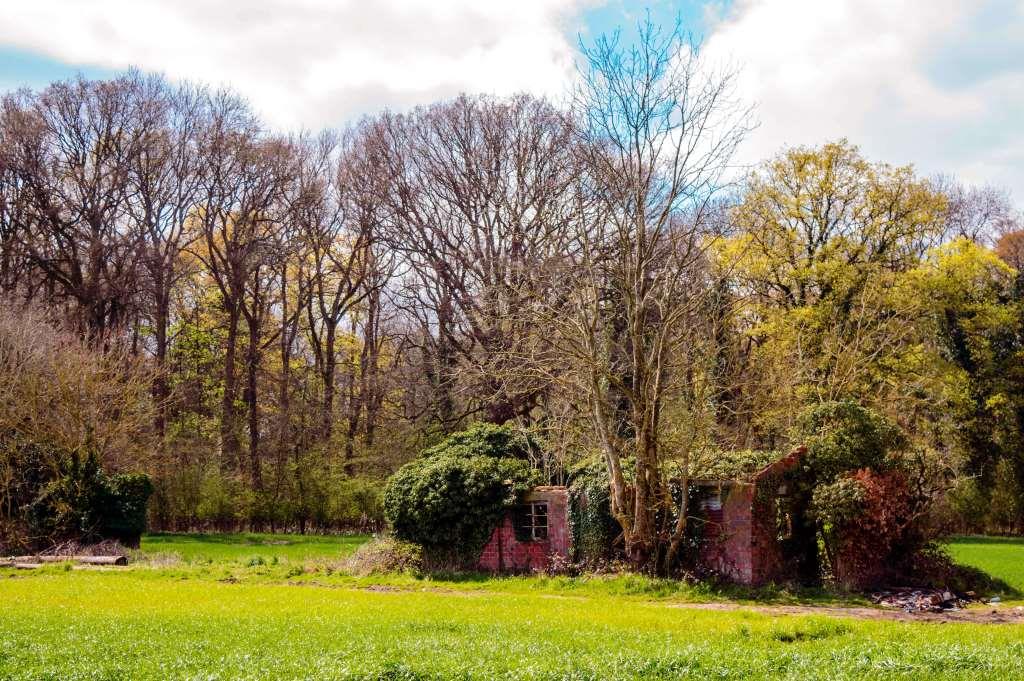
Back in April I went out for a walk with my kids in Morgaston woods and the bluebells were just coming through. I spotted this slightly thicker patch and after getting the kids to lie down (it was a job with all the pricklies) I got this rather nice shot. The angle of the shot made the bluebell patch seem much thicker than it actually was.
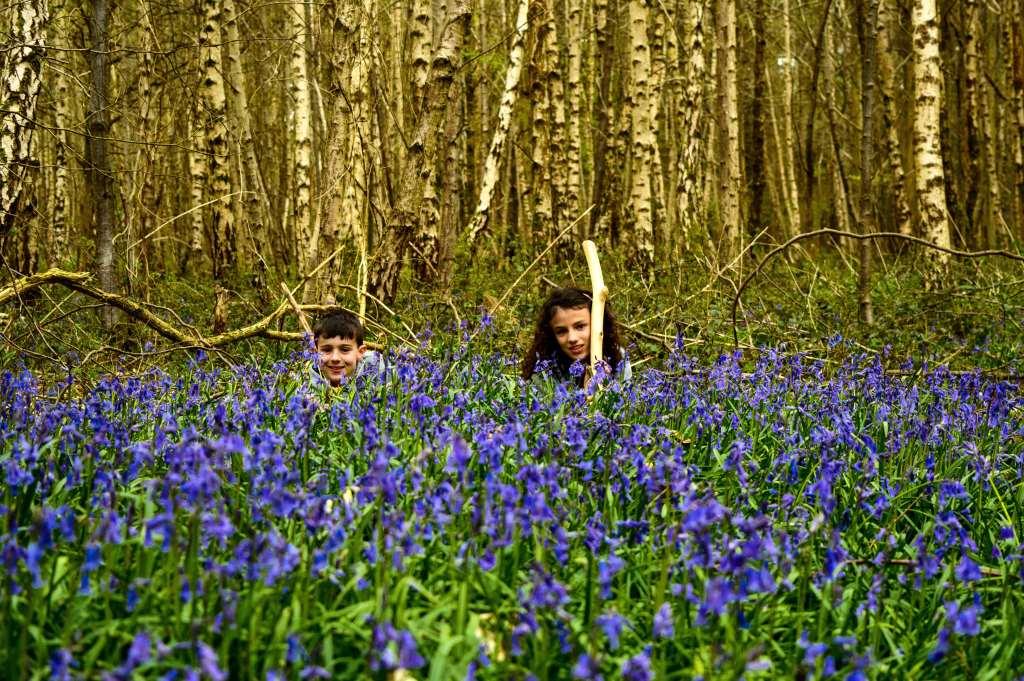
Another one from my garden during my hobbling period. I was particularly taken with the water droplets on the primroses.
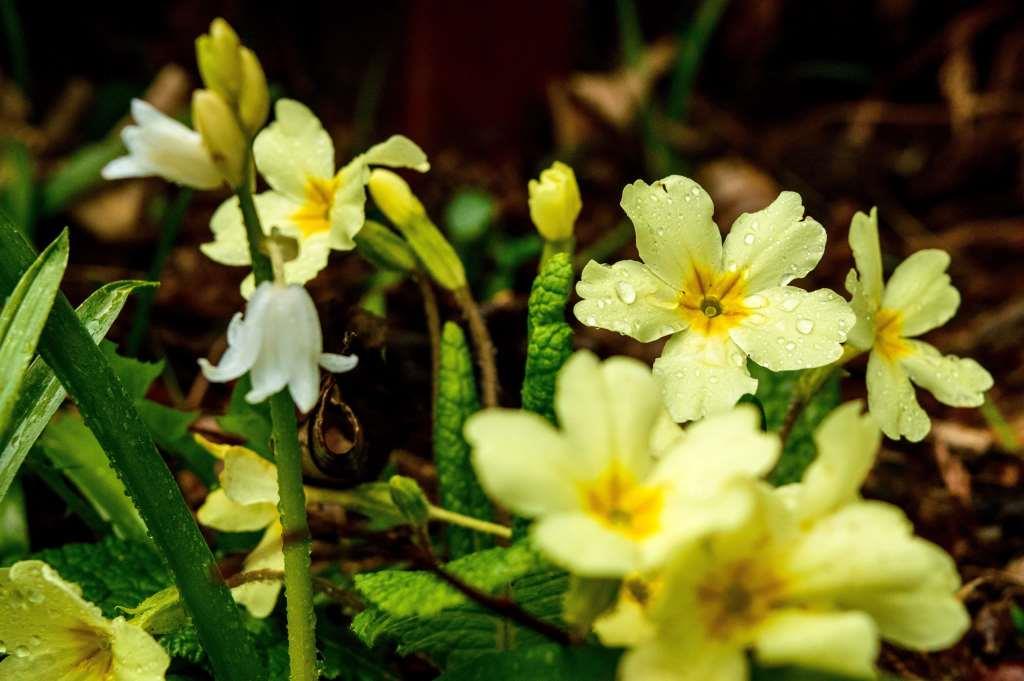
My son has been undertaking some nature observations for his naturalists badge at cubs. we have been getting out and about as much as we can identifying trees and flowers such as these lovely Ramsons.
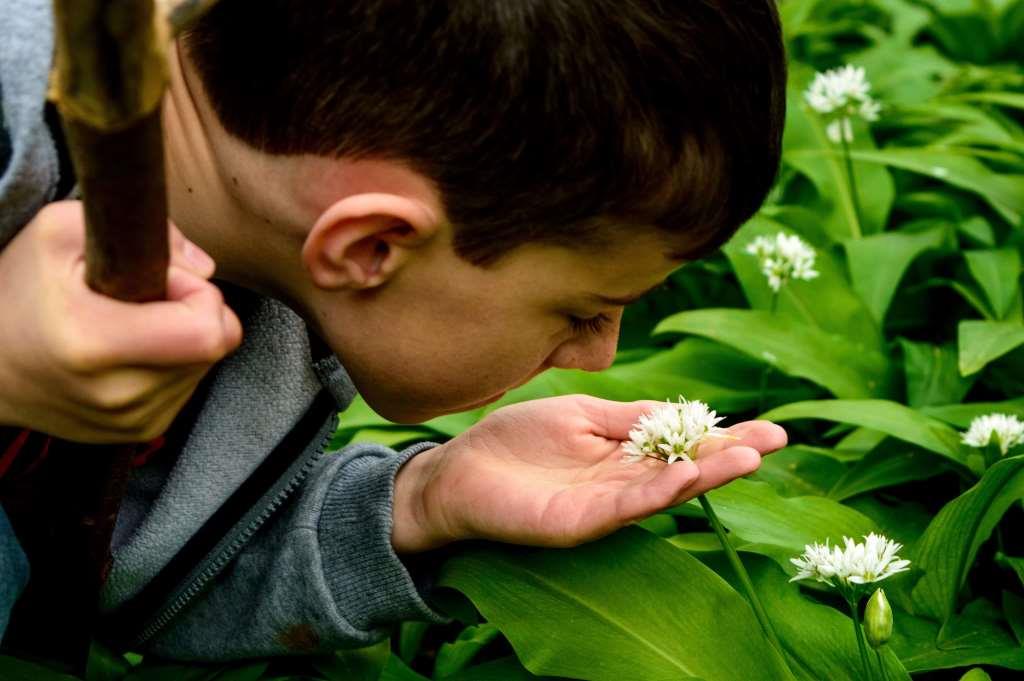
Spring would not be the same without a picture or two of some fluffy creatures. I thought this Greylag geese family looked particularly impressive at The Vyne National Trust property.
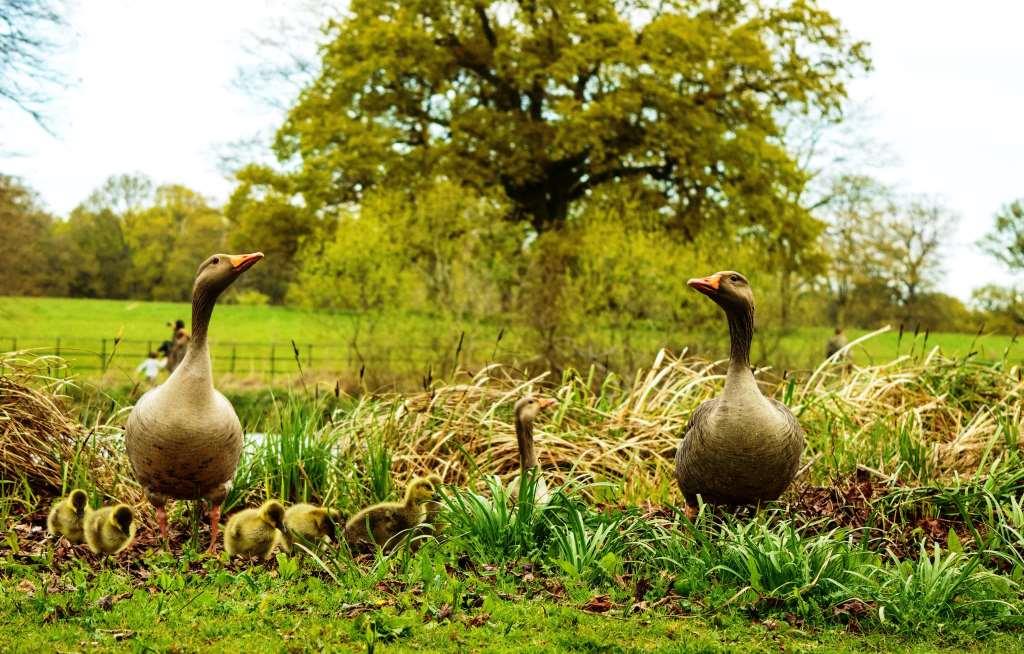
This was a ‘face off’. I spotted this deer in the shadow of the woods while out looking at the bluebells. I had to change the lens on my camera as she was a fair distance away. Normally they run off by the time I change lenses but this one kept me square in her sights the whole time.
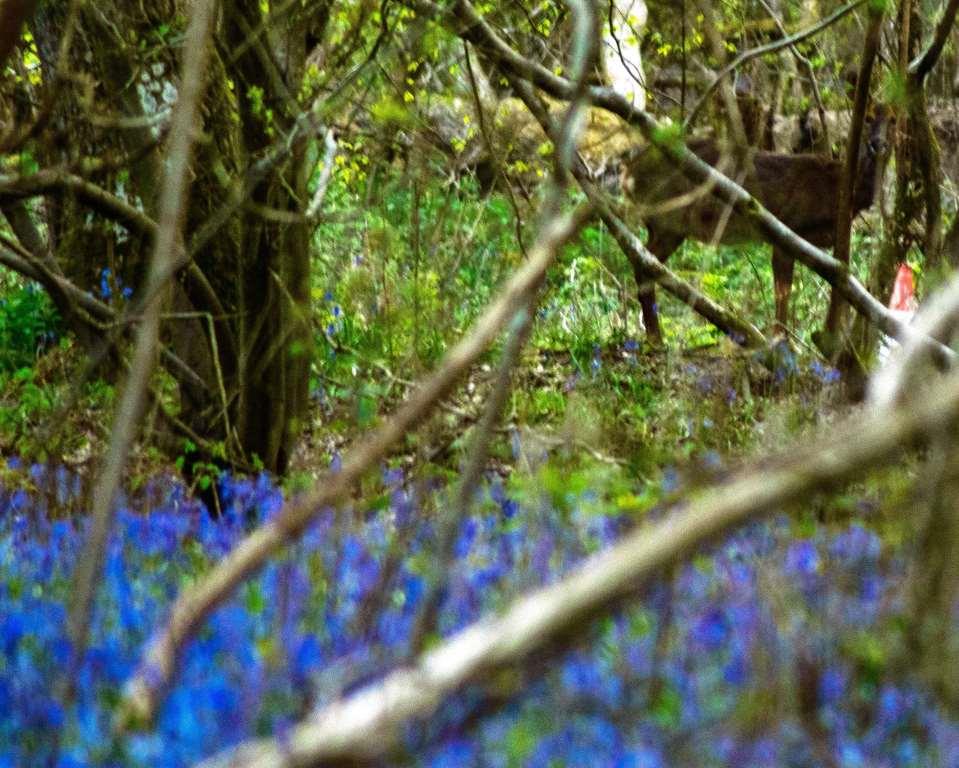
We moved on from just identifying plants for Finlay’s naturalist badge to tasting them as well. We tried out a whole range of leaves including the likes of these Jack by the hedge plants.
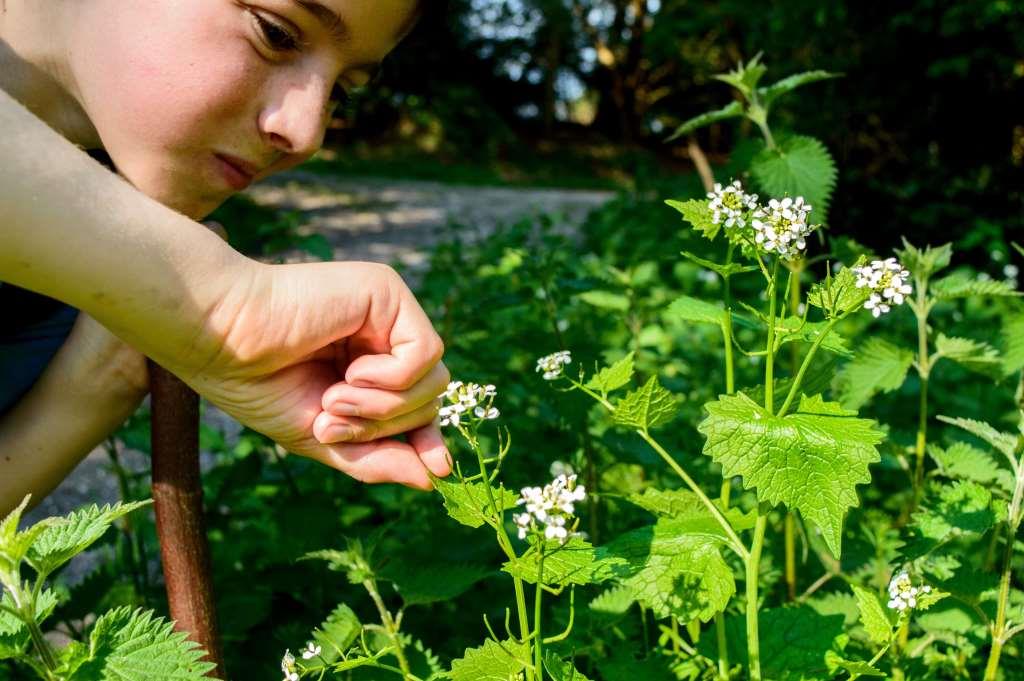
Some of the best finds were literary stumbled on like this complete fox skeleton in the New Forest. It was found by some of my Junior Sea Cadets and we laid it all out onto this log to get a real good look at it. Many of these kids have never been out of the city before so this was quite a find for them.
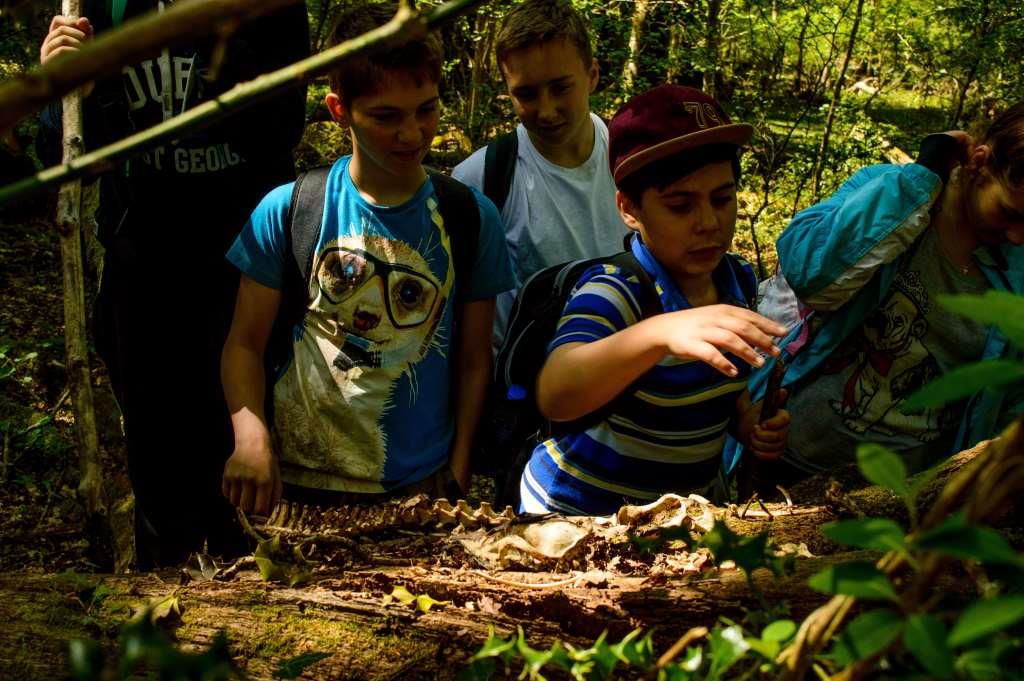
I spotted this little butterfly sitting on a Herb Robert flower while visiting my friend Fraser from Coastal Survival a couple of weeks ago. Normally these little devils are away before you can get near them but this one just seemed to be soaking up the sun.
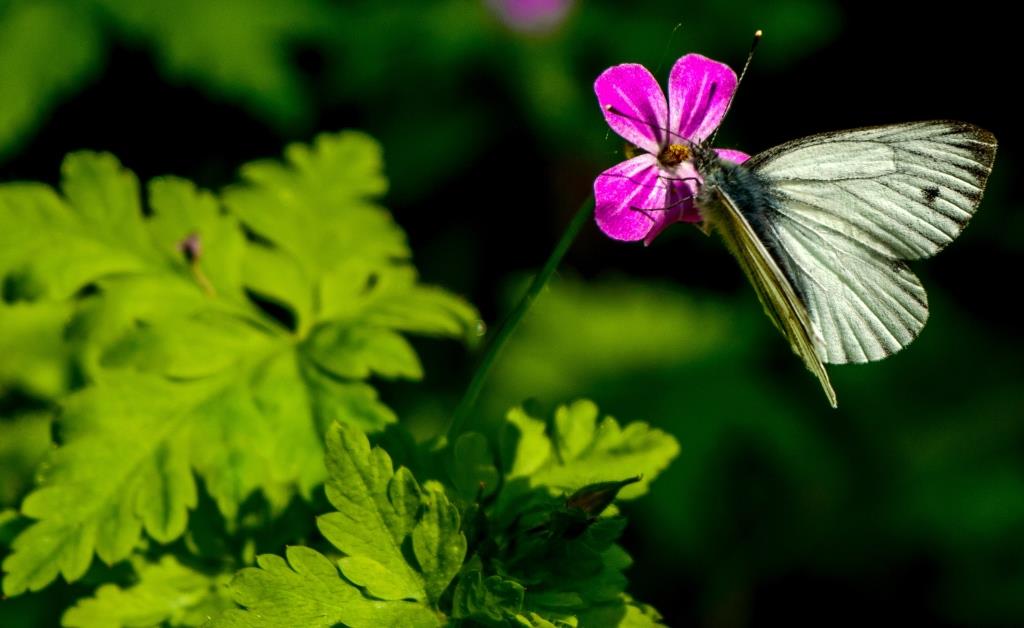
One of my favourite pictures was taken last weekend at The Vyne National Trust property. I heard a splash by the side of the lake and turned to see this Coot with a large Signal Crayfish in its beak.
The joy was not to last for the Coot though as another Coot came along and stole the crayfish away – such is nature sometimes I suppose.
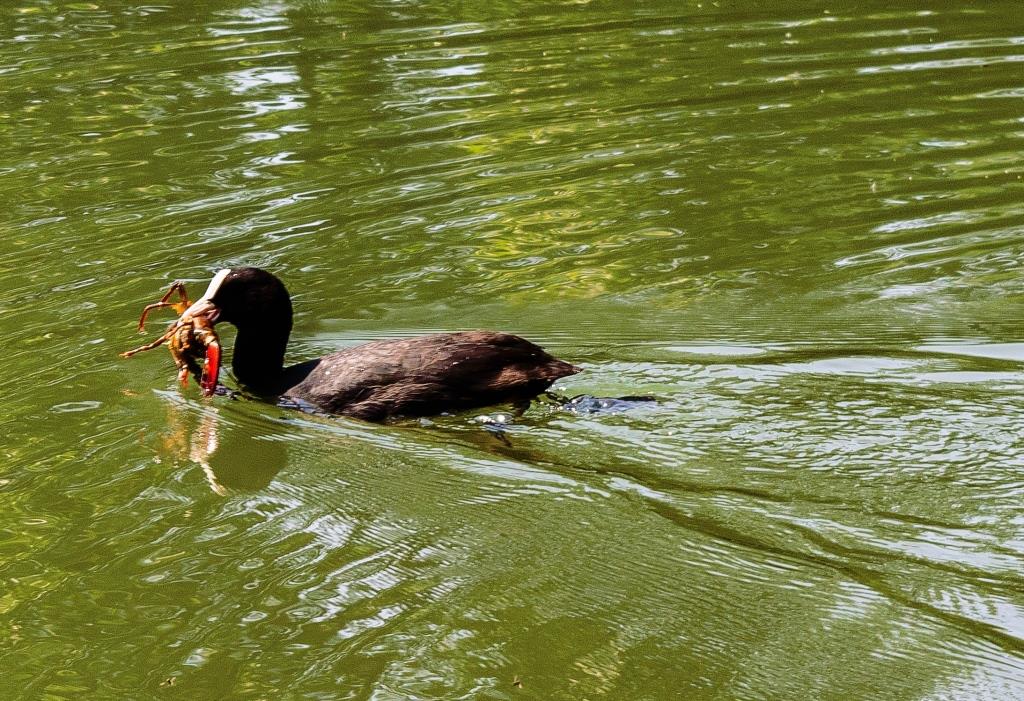
So although I have not been out doing practical bushcrafting much I have been getting out and observing nature with a keen eye – so you could say it was the more nature based side of bushcrafting.
Cheers
George
